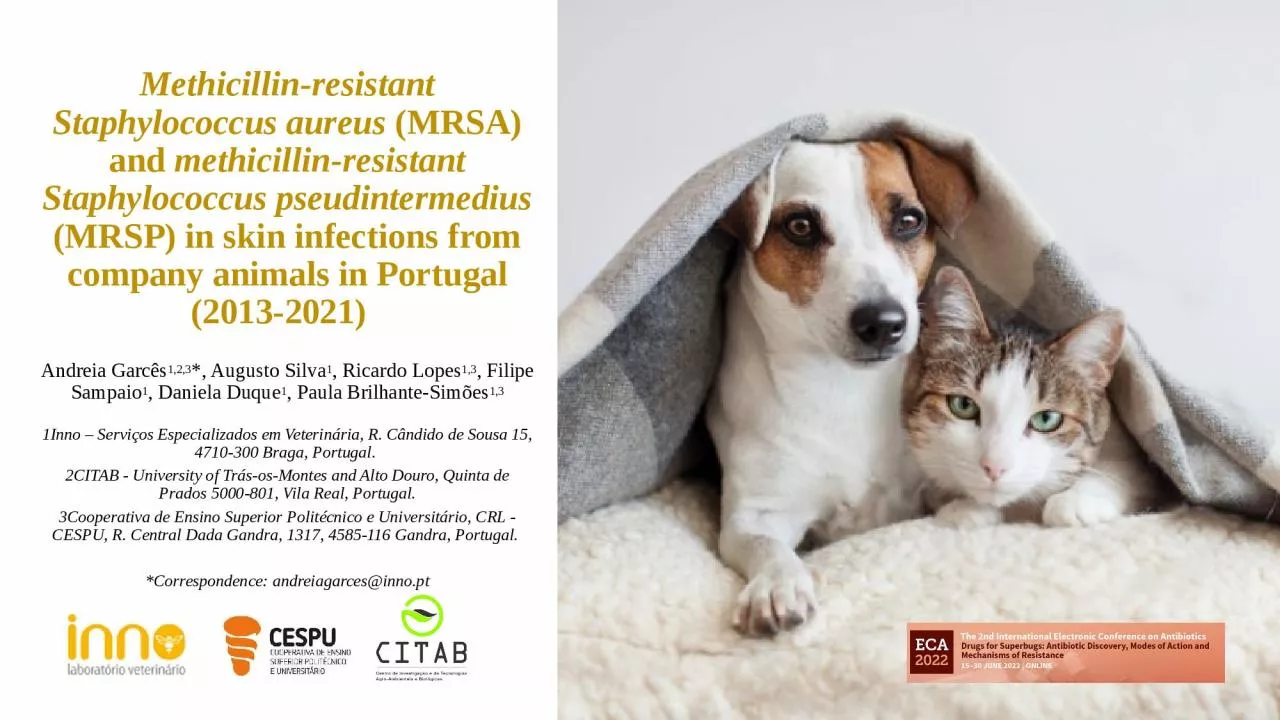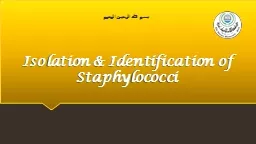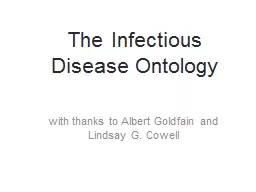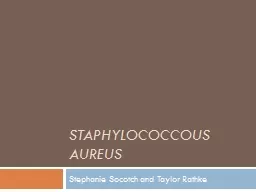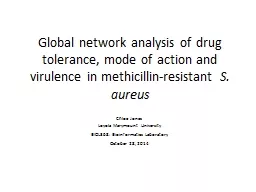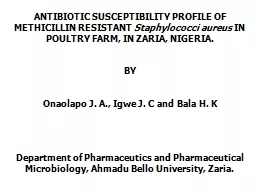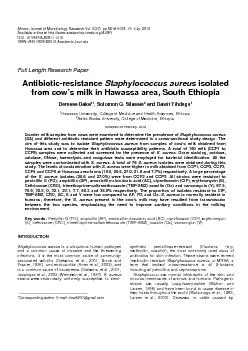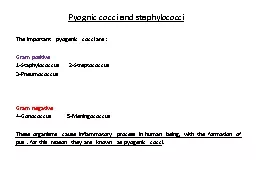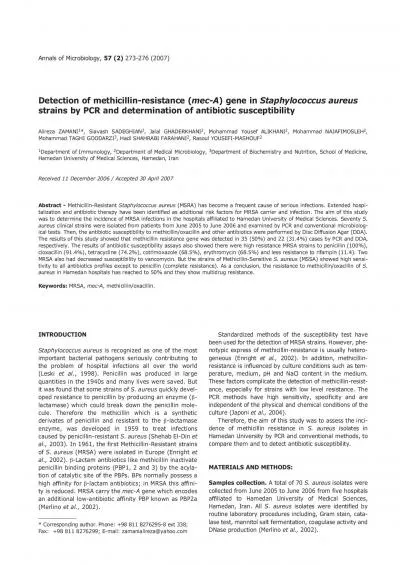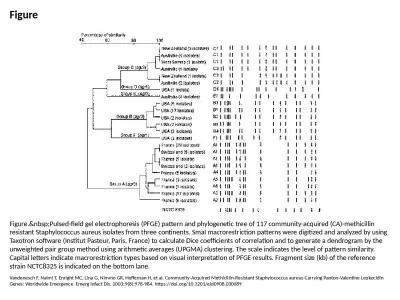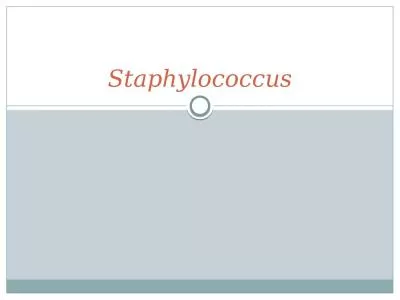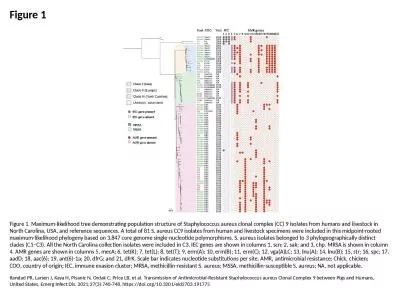PPT-Methicillin-resistant Staphylococcus aureus
Author : jasmine | Published Date : 2023-09-01
MRSA and methicillinresistant Staphylococcus pseudintermedius MRSP in skin infections from company animals in Portugal 20132021 Andreia Garcês 123 Augusto
Presentation Embed Code
Download Presentation
Download Presentation The PPT/PDF document "Methicillin-resistant Staphylococcus aur..." is the property of its rightful owner. Permission is granted to download and print the materials on this website for personal, non-commercial use only, and to display it on your personal computer provided you do not modify the materials and that you retain all copyright notices contained in the materials. By downloading content from our website, you accept the terms of this agreement.
Methicillin-resistant Staphylococcus aureus: Transcript
Download Rules Of Document
"Methicillin-resistant Staphylococcus aureus"The content belongs to its owner. You may download and print it for personal use, without modification, and keep all copyright notices. By downloading, you agree to these terms.
Related Documents

